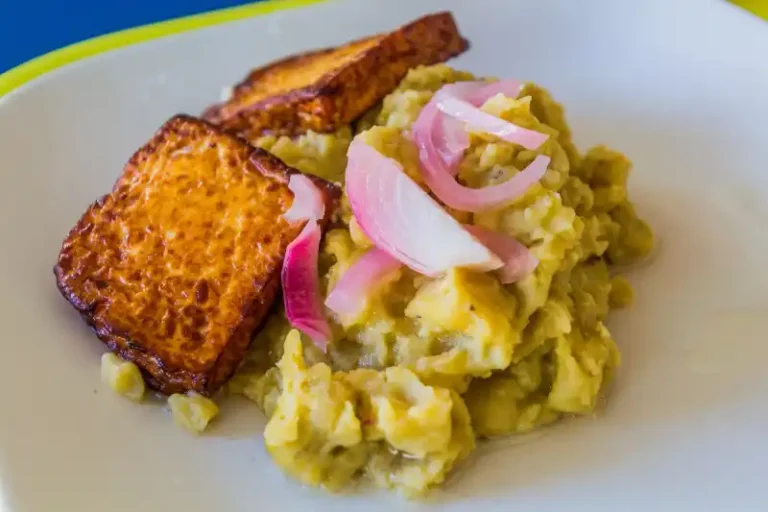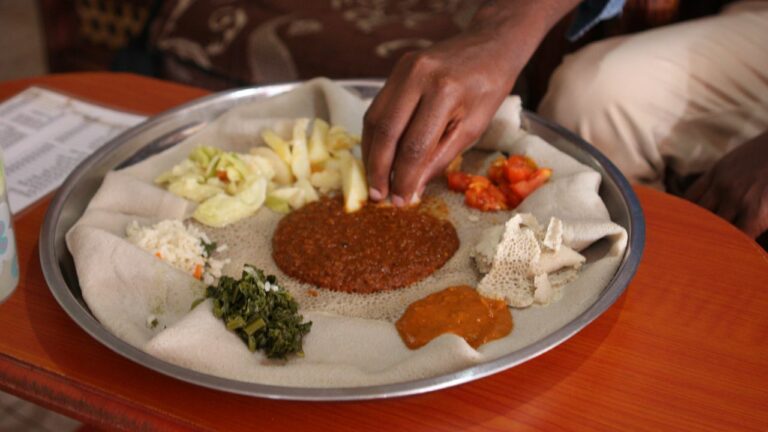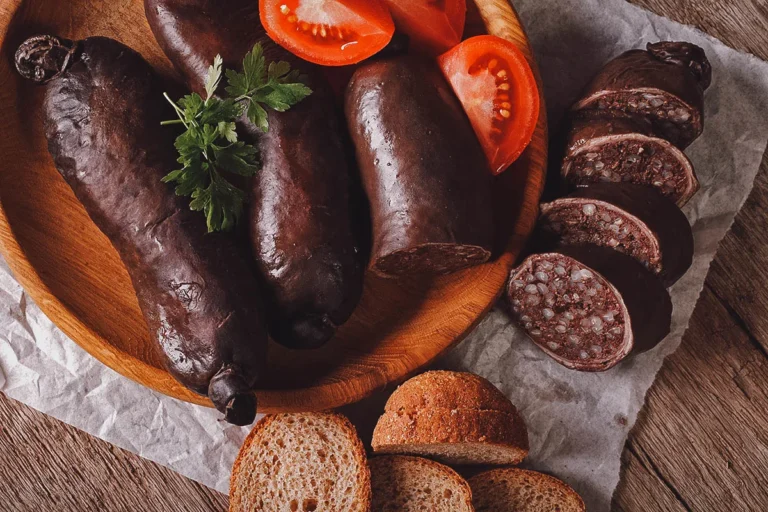Introduction: The European Culinary Connection
Denmark’s cuisine has been shaped by a variety of cultural influences over the centuries. As a nation located in the heart of Europe, Danish dishes have been influenced by neighboring countries such as Germany and France. The German and French cuisines have had a significant impact on Danish cooking techniques, ingredients, and flavors. The result is a unique blend of European gastronomy that has captured the hearts of many.
German Influence on Danish cuisine
The German influence on Danish cuisine can be traced back to the 19th century when Denmark was under German occupation. German cuisine introduced a variety of ingredients and cooking techniques that have become staples in traditional Danish dishes. For example, pork has always been a popular meat in Denmark, but the Germans introduced new ways of cooking it, such as schnitzel and sausages. German breads, such as rye bread, also made their way into Danish cuisine, and today, it is a staple in the Danish diet.
The Rise of French Cuisine in Denmark
In the late 19th and early 20th centuries, Denmark experienced a rise in French cuisine. French cooking techniques and ingredients were introduced to Danish kitchens, leading to a transformation of the culinary landscape. Danish chefs began incorporating French techniques, such as flambeing and sauteing, into their cooking, and French ingredients, such as butter and cream, became popular in Danish dishes.
French Classics in Danish Cuisine
Some French classics, like bouillabaisse and coq au vin, have made their way into Danish cuisine. Bouillabaisse, a traditional fish stew from Marseille, France, has been adapted to include Danish fish such as cod and haddock. Coq au vin, a hearty chicken dish cooked in red wine, has also been adapted to include Danish ingredients such as potatoes and carrots.
Fusion of German and French Influences
The fusion of German and French influences has resulted in a unique Danish cuisine that combines the best of both worlds. For example, Danish liver pate is a blend of German liverwurst and French foie gras. Danish meatballs, known as frikadeller, are made with beef and pork, like German meatballs, but are served with French-style sauces such as bechamel or dijon.
Traditional Danish Dishes with a German Twist
Some traditional Danish dishes have been given a German twist. For instance, pork roast, a classic Danish dish, is often served with red cabbage, which is a typical German side dish. The Danish smorrebrod, an open-faced sandwich, is served with German-style sausage and sauerkraut.
French-Inspired Danish Gourmet Cuisine
In recent years, Danish chefs have taken inspiration from French cuisine to create gourmet dishes that incorporate local ingredients. The New Nordic Cuisine movement, which emphasizes locally sourced and seasonal ingredients, has merged with French cooking techniques to create a unique and innovative gastronomic experience.
Conclusion: The Delicious Blend of European Flavors
The influence of German and French cuisines on Danish dishes has resulted in a delicious blend of European flavors. The fusion of these influences has created a unique gastronomic landscape, showcasing the best of German and French cooking techniques, ingredients, and flavors. Danish cuisine continues to evolve, drawing inspiration from all over Europe, while retaining its distinct identity.










